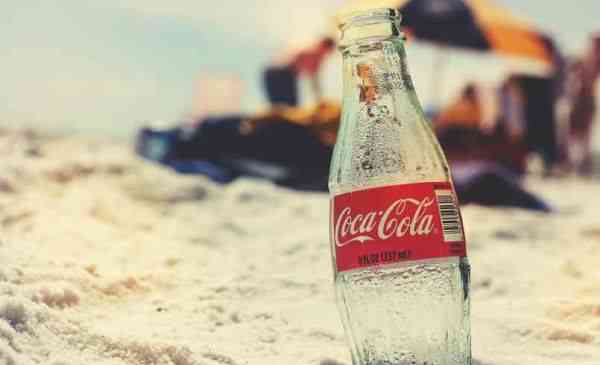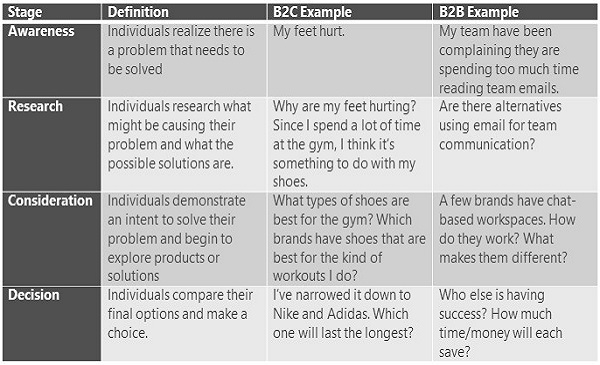
Over 100 years ago, E. St. Elmo Lewis developed a model which mapped a theoretical customer journey from the moment a brand or product attracts consumer attention to the point of action or purchase. This model is commonly called AIDA, which stands for Awareness, Interest, Desire and Action. Today, there have many more models. Some are simplified, some show as many as ten stages, maybe more.
Content marketing and marketing automation have elevated the importance of a well-understood purchase funnel. The goals, barriers, and opportunities change enough at each stage that it becomes important for brands to define the stages. We need these definitions in order to place smart interventions along the customer journey which steer them towards actions ultimately leading to purchase (or some other commitment).
But a very common problem arising from funnel-based thinking, programs and measurement is that many marketers often confuse brand awareness with the purchase funnel awareness of AIDA and other models. They are very different, but they work together.
Brand awareness is a force, not a buyer stage. The degree to which customers are aware of who a brand is, the space a brand plays in, the feelings associated with a brand can contribute significantly to the likelihood (or unlikelihood) the customer will prefer or insist on your brand.
Purchase funnel awareness is a customer mindset. There’s a reason many funnel models largely label the first stage ‘awareness’. In order to solve a problem, the customer must first be aware of what that problem is. Take a look at this table, which uses the “ARCD” funnel as a model:

Brand awareness can affect every stage of the purchase funnel. In most cases, strong, positive awareness acts like a magnet that puts customers on the most direct path to purchase. And the best brands leverage this to meet the customer’s changing states of mind as they move down the purchase funnel.

During the awareness and research stages, products and services stay in the background. These ‘top of funnel’ activities leverage brand awareness to associate favorable sentiment, and drive research preference. In the consideration and decision stages, products and services come to the front. Brand awareness works to cement the emotional connection to give customers confidence they are making the right choice.
Build a human-centric brand. Join us for us for The Un-Conference: 360 Degrees of Brand Strategy for a Changing World, April 2-4, 2018 in San Diego, California. A fun, competitive-learning experience reserved for 50 marketing oriented leaders and professionals.
The Blake Project Can Help: Accelerate Brand Growth Through Powerful Emotional Connections
Branding Strategy Insider is a service of The Blake Project: A strategic brand consultancy specializing in Brand Research, Brand Strategy, Brand Licensing and Brand Education